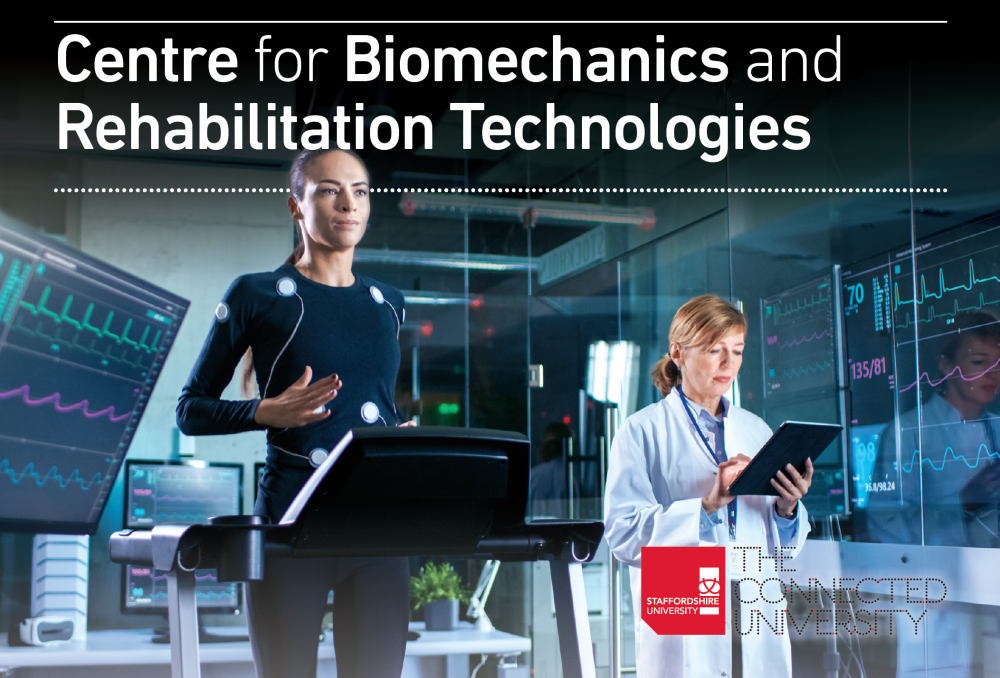Christopher Aitkins
The decision of where to study for a master’s degree was a difficult one. There seemed to be an endless choice of institutions, with a multitude of differing delivery models. I was working as a podiatrist and an undergraduate lecturer, I had both teaching and clinical commitments which I couldn’t escape for long periods and the idea of a purely online course seemed tempting; however, deep down I knew that work and life pressures would likely mean my studies may take a back seat. The MSc Clinical Podiatric Biomechanics course seemed ideal, the teaching was blended taught sessions on a weekend, so my day job didn’t need to suffer and there was online support available. This was a bonus as I live in the North East of England and the idea of popping in for a quick tutorial wasn’t possible.
The course was delivered by excellent teaching staff, people who were not only passionate about the subjects they specialised in, but were the authors of the current literature which I had been reading to develop my own clinical practice. In all honesty I was a little star struck, when I met some of them. I was determined not ask a “stupid question”, however, every tutor made me feel at ease and provide a safe and supportive environment which meant there were no “stupid questions”. The discussions that formed were insightful and helpful, led by the tutor guiding us to through the subject. This learning experience is one I have never encountered before and is one I try to model within any teaching sessions I deliver.
The support continued throughout my time studying with Staffordshire University, all my tutors were on hand with a quick reply to an email or to arrange a time for a telephone call which, they managed to fit around my working schedule. This support never wavered even when I started my dissertation. I had excellent guidance from day one; I had opportunity to spend time discussing with my supervisor my research idea, developing my methodology and setting a realistic time frame. At my first meeting my wife was 6 months pregnant with our 1st child. My tutor helped me set a timetable and deadlines which were achievable. Without this I feel, I would have made this process almost impossible for myself and possibly not finished at all. Balancing the demands to complete a research project, write a thesis and live with a new born was challenging. But my tutor had an excellent skill to allow me the space to progress and work, but check in exactly when I needed a boost, some encouragement or just the opportunity to share where I was up to. I completed my project and received a good grade; I was so proud of my achievement through whole duration of my study and felt I had completed a well-rounded piece of research. I have to admit I was surprised when my tutor suggested that I should publish my research. I had never published in a scientific journal, “that’s the sort of thing experts do” I thought. However, as I reflected, I realised that my research was worthy of publication. I had no idea where to start, but my tutors came to my rescue again providing me with the same level of support I had before ( For people who are interested in reading our work, please follow this link).
I am so glad I chose to study with Staffordshire University and the teaching team on MSc Clinical Biomechanics course. I have not only gained a qualification, but published researched, developed a professional network that are always happy to share and discuss learning and most importantly I have developed as clinician. It has not only helped my practice and patients but the experience has allowed me to grow as a professional.

